The Evolution of Ancient Greek Theater
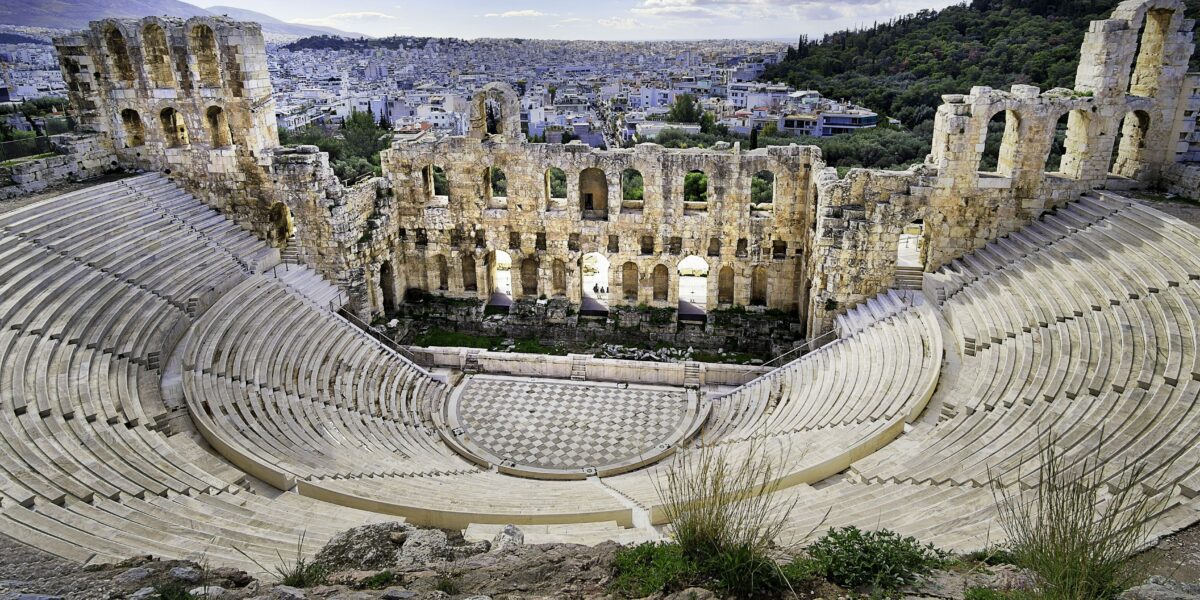
Ancient Greece is well-known for its ideas and art. It also created a type of theater, known as the ancient Greek theater that has shaped Western theater.
Tragedy is a strong style that explores human pain and fate. It started with Greek religious events. This article look at ancient Greek theater will show how this art form has developed, starting from simple roots to its lasting effect today. We consider the ancient Arts and especially the ancient Greek Theater, an undivided part of the Greek culture and history. Thus experiencing the Arts becomes a necessity for your complete Travel Experience in Crete this Summer. Let us show you how!
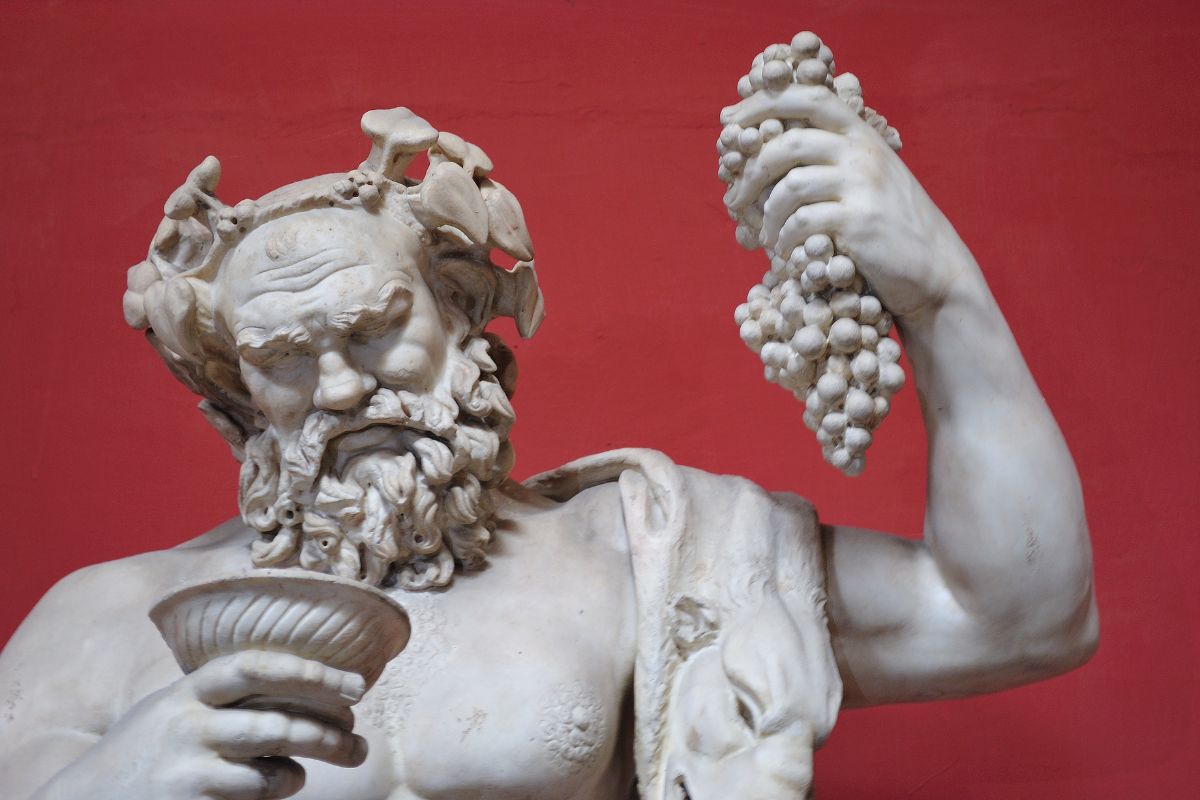
The Birth of Greek Theater
The start of Greek theater is tied to religious customs, mainly the worship of Dionysus. He is the god of wine, fertility, and celebration. Early events included group songs and dances. As time went on, these events turned into more structured shows. This early theater played a big part in forming the styles of tragedy and comedy. As theater became more popular, competitions began during religious festivals. A major festival was the City Dionysia in Athens. These events gave playwrights a chance to share their works. This created a vibrant theater scene that entertained people and inspired new ideas.
From Rituals to Drama: Tracing the Origins
The shift from simple religious ceremonies to Greek theater took a long time. It occurred over several years. In the 6th century BCE, worshiping Dionysus became very significant in Athenian life. This change led to the City Dionysia, a festival to honor the god with parades, sacrifices, and celebrations. It was at this festival that tragedy began to grow.
At first, performances were simple songs known as dithyrambs. A chorus sang these songs to honor Dionysus. Over time, the songs started to tell stories and included conversations, helping drama to develop. Thespis, a writer from the 6th century BCE, is recognized for adding the first actor who spoke with the chorus. This was an important moment in the beginning of tragedy.
We might not know all the details right now, but early changes in the 6th century BCE were key. They grew in the vibrant culture of ancient Athens. The festival of Dionysus started as a religious event, but it turned into a space for fresh dramatic ideas to grow.
The Impact of Religion and Mythology
The role of religion, especially honoring Dionysus, is important in ancient Greek theater. They showed plays, both tragedies and comedies, during festivals for this god. The chorus was a key part of Greek drama. It helped connect the audience to a higher power. The chorus gave comments and lessons about the events in the play.
Greek words such as “tragedy” come from “tragos,” which means goat. The word “ode” means song. This shows a strong link to Dionysian rituals where goats were sacrificed and songs were sung. The chorus played an important part in this connection. These masked performers represented citizens or elders. They added context, expressed feelings, and helped the audience understand the play’s themes. They showed the common thoughts of the community.
Religion was not just an extra part. It was important in creating the themes, setup, and shows of ancient Greek theater. The blend of human and god, a common idea in Greek stories, was clearly shown in these performances.
The First Actor in Ancient Greek Theater
Twenty-five hundred years ago western drama was born in Athens, Greece. The theatre of ancient Greece evolved from religious rites which date back to at least 1200bc. In northern Greece, in Thrace, a cult arose that worshipped Dionyssos, the God of fertility and procreation. This cult of Dionyssos practiced ritual celebrations followed by ecstatic women called maenads carrying long phallic symbols known as “thyrsoi”… In the 6th century bc a priest of Dionyssos called Thespis, introduces a new element in the ritual worshipping of God. He engages in a dialogue with the chorus. He becomes, in effect, the first actor.
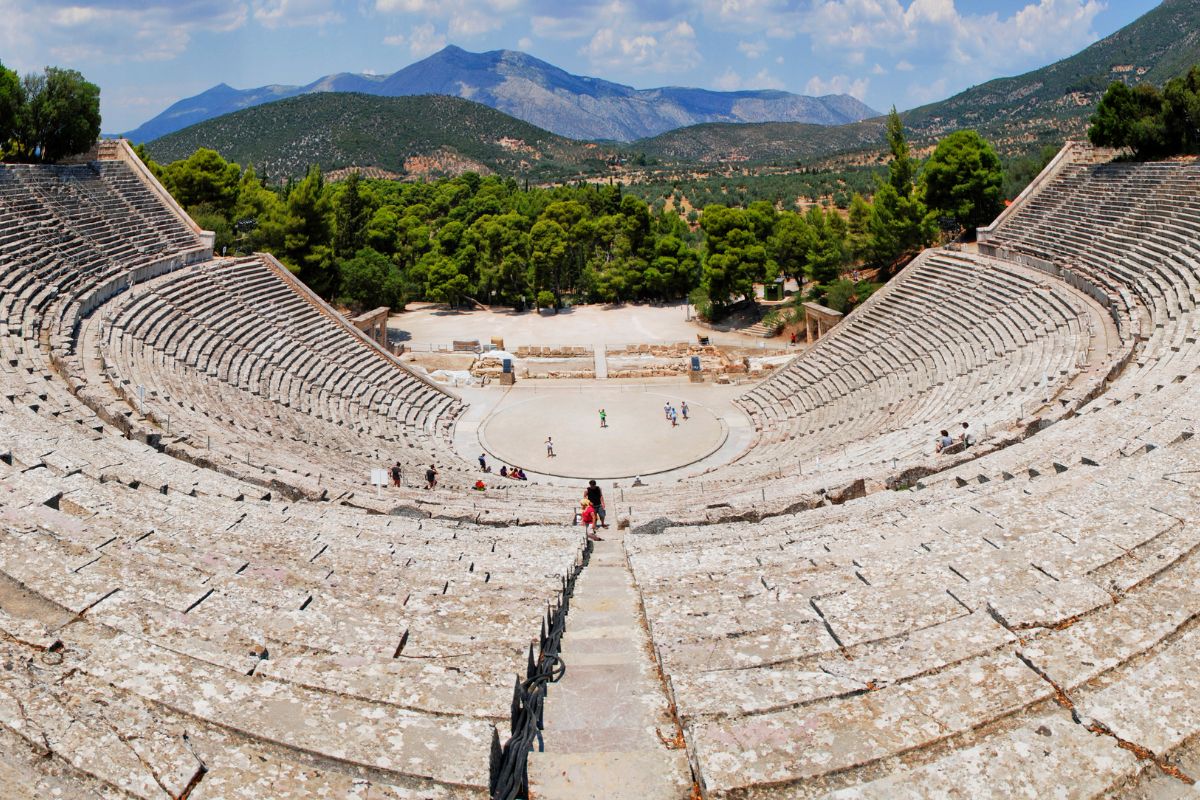
The Structure of an Ancient Greek Theater
Ancient Greek theaters were incredible buildings designed to make the shows more enjoyable for the audience. They were placed on hillsides with steps of seats called the “theatron.” This design gave everyone a good view of the stage. In front of the seats was a round space called the “orchestra,” where the chorus danced and sang.
Behind the orchestra, there was a building called the “skene.” This building served as a backdrop and a place for actors to get ready. The front of the skene usually displayed detailed images that matched the theme of the play. These features, along with how sound traveled in the open air, made the theater experience exciting and great.
Designing for Drama: The Stage, Backstage, and Performance Area
To really enjoy the greatness of ancient Greek theatre, you need to know why its special architecture is important. The “theatron,” meaning “seeing place,” is a curved shape built into a hillside. This design allowed the audience to have great views. It was clever because it used the land to fit thousands of people during large festivals.
The main activity took place in the “orchestra,” which means “dancing place.” This round area at the bottom of the theater is where the chorus sang, danced, and worked with the actors. Greek plays were not only about words. They also included rhythm and music. The orchestra was important for bringing this energy to life.
Lastly, the “skene” began as a basic tent where actors could change their clothes. Over time, it developed into a large and impressive setting. The front was decorated with painted designs and had several doors. This represented places like palaces and temples, making the theatre of ancient Greece more appealing.
Innovations in Acoustics and Scenic Elements
Ancient Greek theaters are known for their great sound. They were built carefully so that people in the back could hear clearly. This shows how much the Greeks understood sound. Even quiet whispers from the stage could be heard by everyone. This made the connection feel closer between the actors and the audience.
We do not have much physical proof of how their sound worked. The theaters had natural slopes and well-placed seats. This design helped the sound travel better. The masks used were not only for drama; they also made the actors’ voices louder.
For scenic elements, the crane, known as “mechane,” made it seem like actors were flying. This often showed gods coming down to help. This is called deus ex machina. Another tool used was the “ekkyklema.” This was a wheeled platform put in place to show scenes from behind the stage. Some of these tools were new and exciting, but many were simple and symbolic. The Peloponnesian War was a chaotic time. It affected art and theater a lot, perhaps causing shows to be simpler.
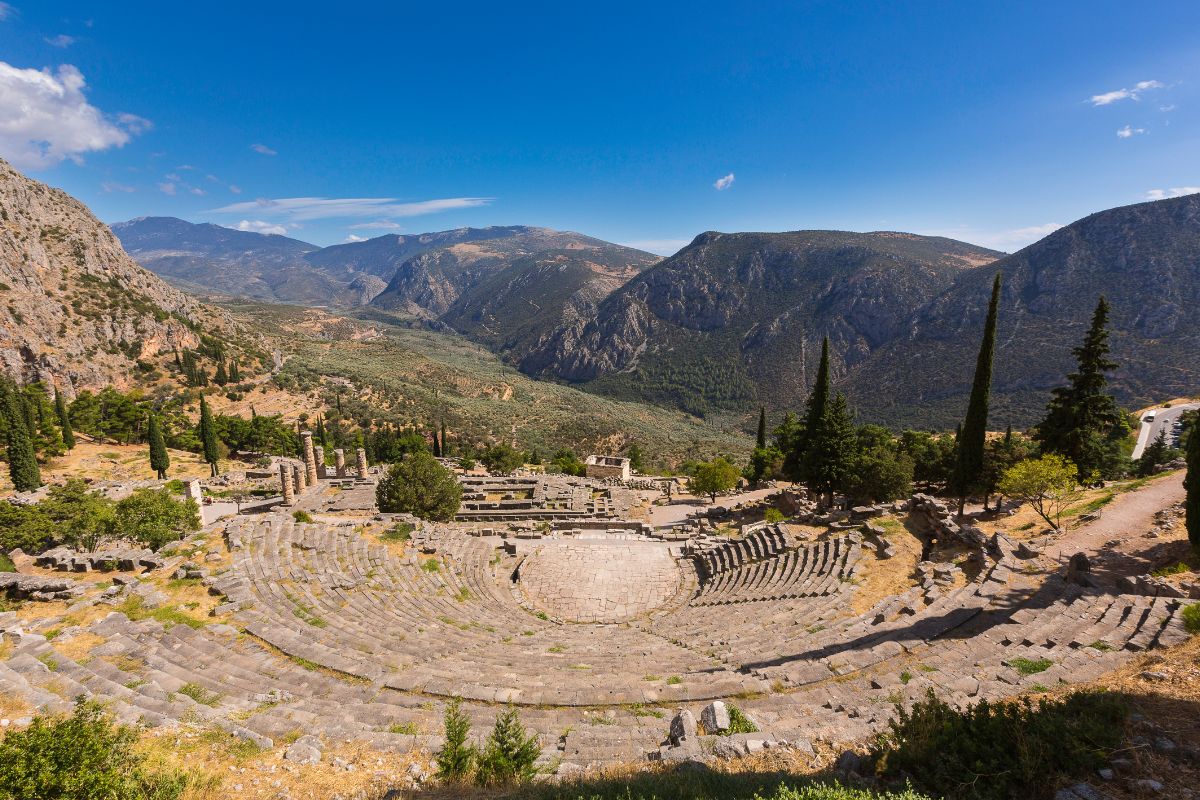
The Golden Age of Greek Drama
The 5th century BCE was an important time for Greek Drama. This time is called the Golden Age because theater in Athens became very popular for writing and acting. During this period, well-known playwrights like Aeschylus, Sophocles, and Euripides gained fame. They were skilled in tragedy and explored deep themes like fate, justice, and human life. Their plays were about myths, but they also had connections with the people of Athens. The audiences enjoyed these plays a lot, and they had a big impact on Western stories. Aeschylus was known for using conversations and having several actors. Sophocles was loved for his strong characters and unexpected turns. Euripides was respected for his focus on human thoughts and challenging tradition. Together, they changed Greek tragedy forever.
Tragedy and Comedy: Defining the Genres
The types of plays, tragedy and comedy, developed side by side in ancient Greek theater. Tragedy focused on human suffering. It showed great heroes battling fate, their pride, and the outcomes of their choices, which led to their downfall.
Comedy gave a funny and often rude view of Athenian society, politics, and even thoughts about life. The beginnings of Greek tragedy and comedy may be different. Tragedy probably started from religious events for Dionysus. The start of comedy is not as easy to trace. Still, both looked at human nature and the values of society in their own ways. The satyr play was a fun and silly show. It followed a series of tragedies. This gave people a break from the heavy themes. Even though tragedy and comedy are very different, they came from the same lively Athenian theater. This made it richer and more varied.
Celebrated Playwrights and Their Legacy
The Golden Age of Greek drama stands out thanks to three well-known playwrights: Aeschylus, Sophocles, and Euripides. Aeschylus is often called the father of tragedy. He was the one who added a second actor to plays. This made the acting more dynamic. His works deal with important moral issues, making them relevant even now.
Sophocles is well-known for his talent in creating and shaping characters. He added a third actor to plays, which brought new chances for drama. He is recognized for using clever twists and making tension in his shows. One of his best-known plays is Oedipus Rex, which continues to engage audiences with its smart storytelling.
Euripides was the youngest of the three playwrights. He looked closely at how people think and feel, questioning old beliefs and added a real feel to Greek tragedies. He often featured women characters and challenged what society expected. Aeschylus, Sophocles, and Euripides all had a strong impact. They laid the foundation for Western drama as we see it now.
Women in Ancient Greek Theater
Greek theater was important for culture. At first, it did not allow women to act. Male actors took on all the roles, for both men and women. They often wore masks to show different genders and personalities. Society accepted the belief that women couldn’t act. This made it a strong practice in Athenian culture. In Greek comedy, women were often shown using stereotypes. They appeared as nosy mothers-in-law, clever servants, or pretty young girls. When New Comedy began with Menander, it showed women in a slightly better way.
New Comedy still included familiar characters. However, it added themes of love, family, and social jokes. It allowed audiences to see the lives of Athenian women, even though it was mostly from a man’s view. Even if women did not act, they mattered as audience members. Their reactions and thoughts helped improve the theater experience.
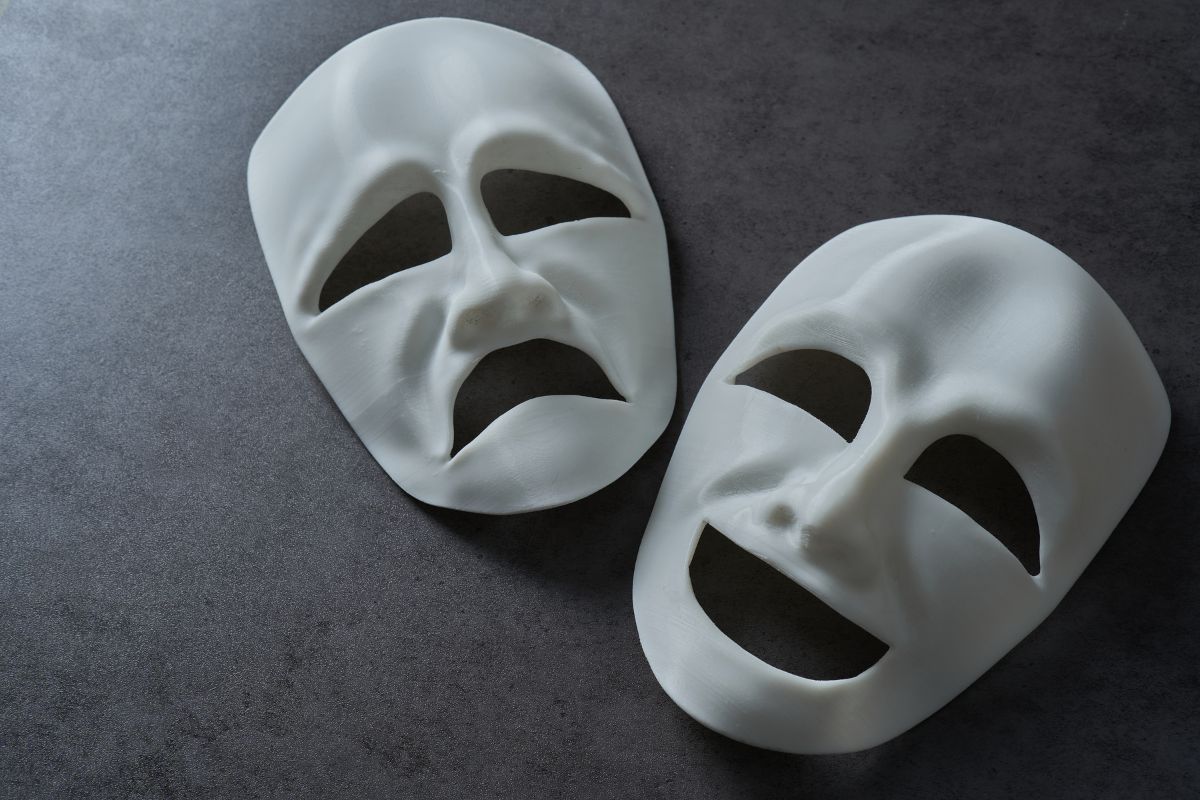
The Role of Masks and Costumes
Masks and costumes played a key role in ancient Greek theater. They had both practical and symbolic purposes. Masks were made from materials like linen, cork, or wood. They allowed actors to switch roles fast since there weren’t many actors in each play. The masks featured large, exaggerated faces that showed emotions and characteristics clearly. This made it easy for people in the back rows of the big theaters to see what was happening.
Costumes were often simple, but they helped show the characters and their social status. Fancy robes, headdresses, and accessories were for gods, heroes, and royalty. Simple clothes represented shepherds, messengers, and everyday people. Together, these signs, along with the masks, made an impressive display in ancient Greek theater.
Behind the Mask: Purpose and Design
The masks used in ancient Greek theater were important for looks and storytelling. They were made from materials like linen, cork, or wood. These masks did more than just cover the face. Their large features helped show emotions such as sadness, happiness, anger, or fear. This helped the entire audience see these feelings clearly, even in large open theaters.
Also, the masks let a small group of actors play many characters by just changing their masks. This was very important because Greek drama usually had a chorus and only a few speaking parts. The masks added to the dramatic look of Greek theater. They helped show who was human and who was a god.
The masks were beautiful pieces of art. They were often painted and made with great detail. They had more than just practical uses; they showed how theater can transform people. When actors wore these masks, they became different characters. They could be tragic heroes, clever slaves, or playful gods that came down from the sky. The trochaic tetrameter, a rhythm used in early Greek drama, also highlights this feeling of change and ritual.
Costume Details and Their Symbolic Significance
Masks were very important in showing characters in ancient Greek theater. Costumes were also key in revealing who the characters were and what their social status was. Fancy robes with special designs usually stood for gods and goddesses. On the other hand, heroes and kings wore flowing clothes with gold details to show their high rank. Common people, such as shepherds and servants, wore simpler outfits. This showed their lower role in society.
Colors had special meanings. For example, purple was connected to royalty and often worn by strong leaders. Dark red could show violence or the death of a character. These meanings were not rules, but they helped the audience understand the story better.
Greek tragedies explored topics like fate, pride, and how life is temporary. The costumes had designs that helped show these ideas. It is important to say that we usually learn about ancient Greek clothes from vase paintings and texts because the actual garments didn’t survive. Ancient Rome borrowed many elements from Greek theater but also made its own styles for costumes.
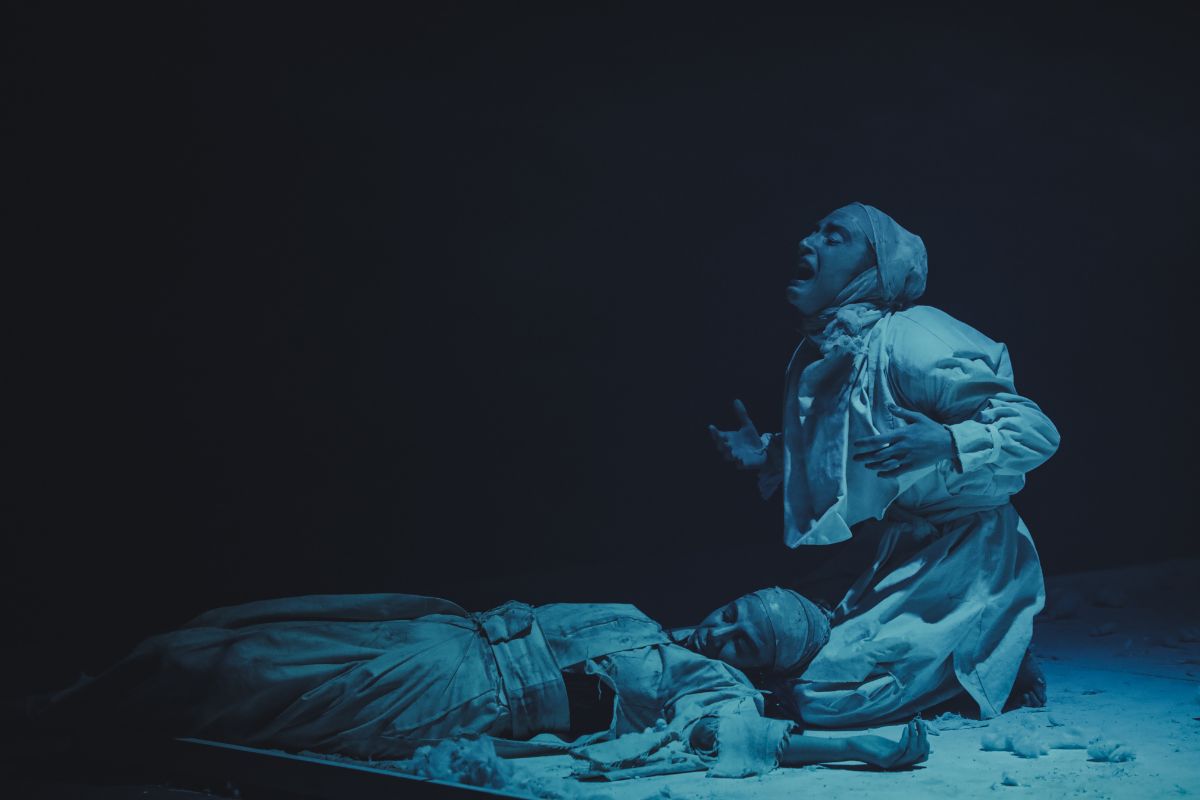
The Hellenistic Period: Expansion and Influence
The Hellenistic period began with Alexander the Great’s conquests in the 4th century BCE. During this time, Greek culture expanded and spread its theatre beyond Athens. The Greeks built many theaters in places like Egypt and Mesopotamia. This showed how much people liked Greek drama. Tragedy was still done, but New Comedy started to stand out. New Comedy looked at daily life and characters that people could connect with. Playwrights like Menander created smart stories about love, family, and social problems. They gained a lot of importance during the Hellenistic time. Their work helped form comedy styles that influenced Roman theater.
The Spread of Ancient Greek Theater
The old Greek theater went far beyond Greece. This shows how much people enjoyed it and how it changed over time. When Alexander the Great took over new areas, Greek culture, including theater, spread across the Mediterranean and beyond. Theaters were created in many cities of Alexander’s empire. They were based on the styles found in Athens and other Greek cities. This shows how popular Greek drama was.
From Alexandria in Egypt to Pergamum in Asia Minor, these theaters became vibrant cultural spots. They showcased both classic and modern Greek plays. The effects of ancient Greek theater can still be seen today, especially in the Western world. The Greeks created many rules, such as using a chorus, making sad and funny stories, and designing theaters that still shape shows today. In places like the United States, classic Greek plays are still acted. This shows just how strong and lasting these old stories are.
New Themes and Innovations in the Hellenistic Era
The Golden Age of Athens was a key time for Greek theater. Aeschylus added the second actor. Sophocles added a third actor. After that, the Hellenistic Era brought more changes. This new way of using several actors helped the single actor in a main role to return. Playwrights began to write more relatable scenes by adding more types of characters. They paid attention to one character’s struggles and their close friends or family. This shift towards character-focused stories helped show more feelings and reasons behind actions. The Hellenistic period was a time when New Comedy became popular. This new style no longer made jokes about politics like Old Comedy did. Instead, it talked about love, family life, and everyday misunderstandings. The characters in New Comedy felt more real and faced common daily challenges. This change showed how society was changing and the rising interest in people’s lives.
In conclusion, Ancient Greek Theater has changed a lot. It began as rituals and grew into drama, which became a respected art form. Religion, stories, and society had important roles in shaping these plays and their themes. Famous writers, special masks, and costumes added to the value of Greek theater. Its rich history still inspires modern performing arts today. If you want to learn about the history and impact of ancient Greek theater, take some time to study and explore its interesting world.
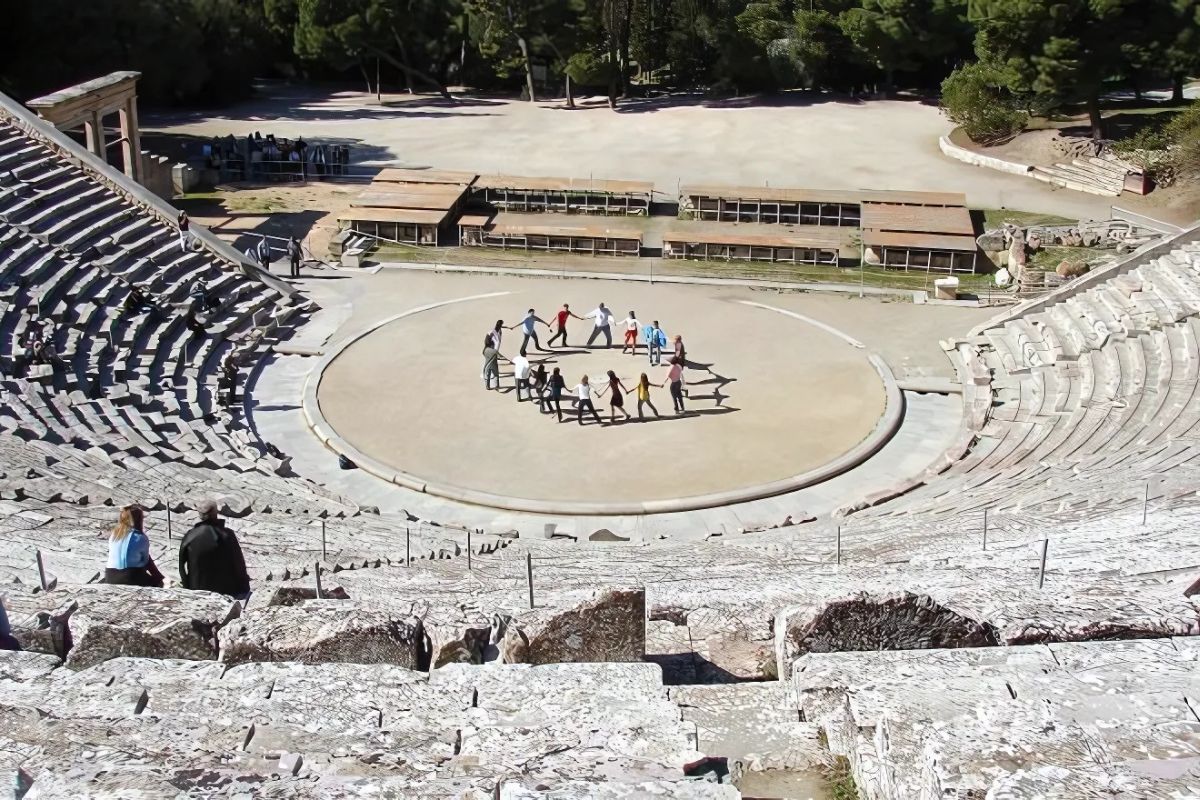
Frequently Asked Questions
How did ancient Greek theater shape modern theater?
Western theatre owes a lot to ancient Greek theatre. The chorus, the structure of Greek tragedies and comedies, and the design of the theatres all come from those early Greeks. They were the first to see how powerful drama can be. This is clear in the works of playwrights like Aristophanes.
What are the key differences between Greek tragedies and comedies?
Greek tragedies and comedies are very different. Tragedies usually deal with serious themes. They show the struggles of human life and often end in sadness. Characters in tragedies face hard choices and usually have flaws. Comedies, on the other hand, focus on humor and entertainment. They show characters in funny situations and often have happy endings. Comedies make people laugh while tragedies make them think about deep issues. Overall, the key differences lie in their themes and the emotions they create.
Greek tragedies and Greek comedies both come from ancient Greece, but they are very different. Greek tragedies deal with serious themes, often showing heroes and their downfalls. In contrast, old comedy, which includes the satyr play, uses humor to discuss society and politics.
Why were masks used in Greek theater?
In Greek theater, masks were important for several reasons. They helped make the actors’ voices louder. They also allowed actors to switch between different characters easily. Masks showed emotions clearly to big crowds. This was like how masks were used in religious rituals in ancient Greek culture.
Elissos Ancient Greek Theater Workshop in Theory and Practice:
We suggest the experiential exploration of several Ancient Greek Arts in our tours such as ancient Greek Music, Theater, and Dance through our interactive labs.
Our lab in the field of ancient Greek Theater aims to give you a general but also deep approach to ancient Greek drama. It consists of theory, which includes a lecture on the ancient Greek theatre/drama, its origins and development, and practice, which focuses on acting, dance, movement, and “Logos” (speech) lessons working on an ancient drama text. The lab is conducted by an Academic of Theatrology and ancient Greek Music and takes place in a theater space, an exact copy of an ancient one among beautiful trees in nature.
You can book your theater session on its own or embody it in one of your private themed tours.
Sounds great?! Ask us more at elissos.com!
